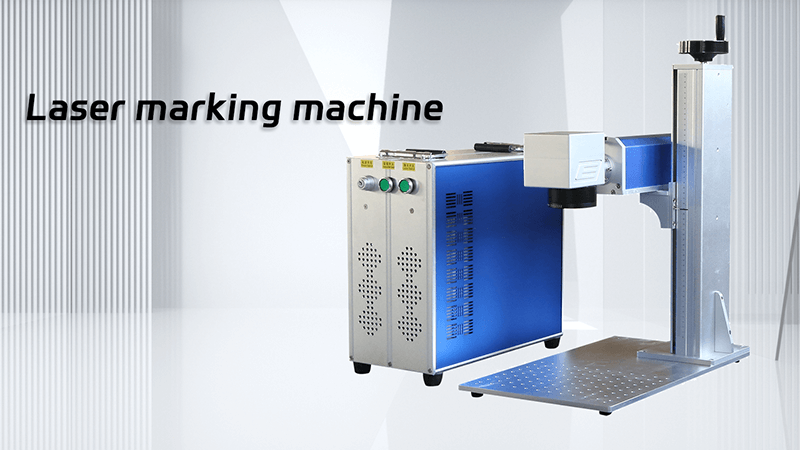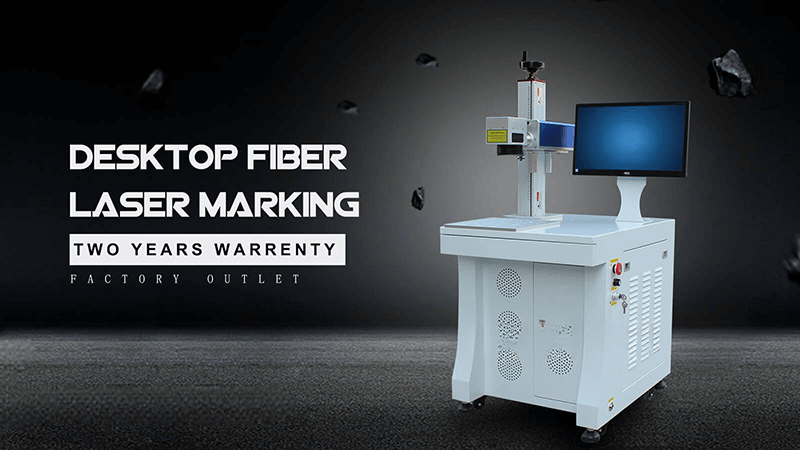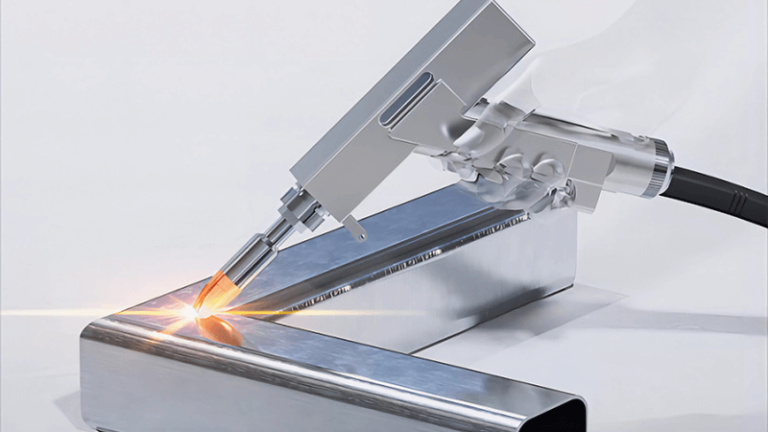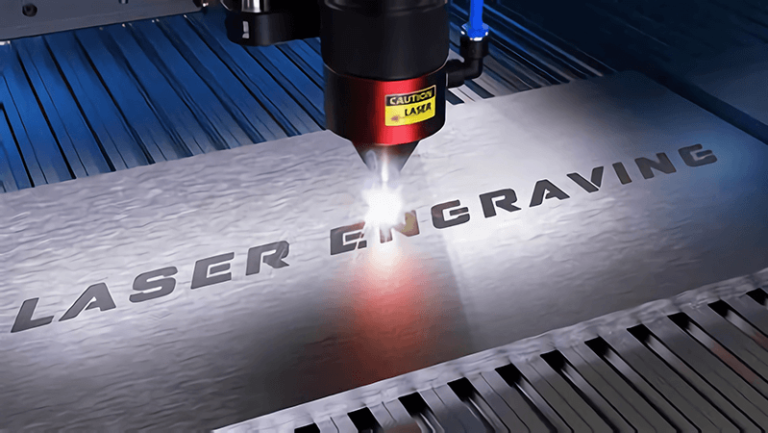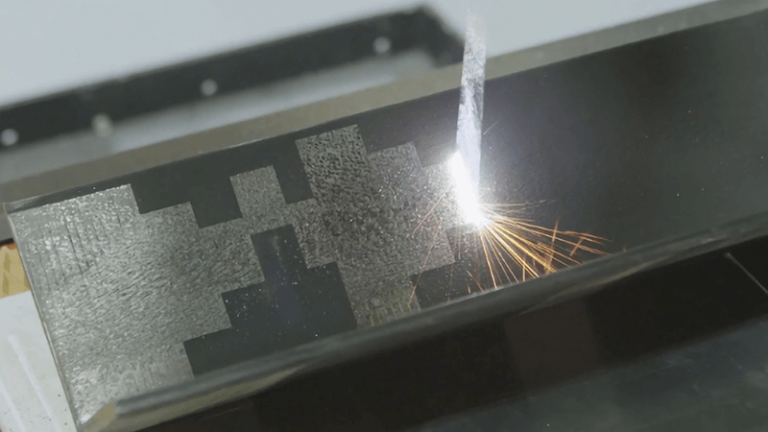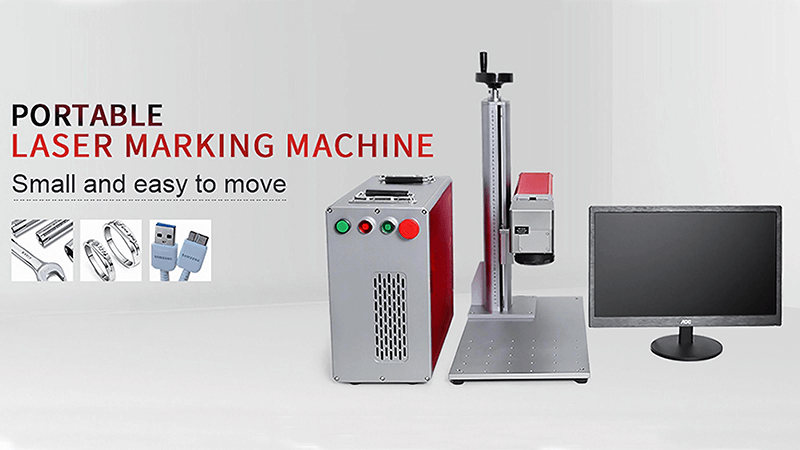
When I first dipped my toes into the world of laser marking, I couldn't help but marvel at its versatility. Have you ever wondered how intricate designs appear on your favorite gadgets or how precise markings survive the harshest environments? Let me take you on a journey through the top applications of laser marking technologies in various industries.
Laser marking isn't just about making things look pretty. It's a game-changer for industries seeking precision, durability, and efficiency They are integral to modern manufacturing processes across various industries due to their ability to provide high-quality, durable markings that enhance product identification, compliance, and traceability. As industries continue to evolve towards automation and sustainability, the demand for laser marking applications is likely to grow even further. Whether you're in automotive, aerospace, or consumer products, laser marking has a place in your toolkit.
In the automotive industry, every component needs to be identified clearly. From engine parts to interior accessories, laser marking ensures durability and clarity Automotive Data. Imagine a car part marked with information that lasts the lifetime of the vehicle—no fading, no wear.
Why do automotive manufacturers prefer laser marking over traditional methods? It's simple: precision and speed. The ability to mark complex shapes without damaging the material is invaluable Precision Marking.
Laser marking is only used for decorative purposes.False
Laser marking is not just for decoration; it's also used for industrial applications like part identification and traceability.
Laser marking can be used to create precise and durable markings on a variety of materials.True
Laser marking technology is renowned for its ability to produce highly precise and long-lasting markings on different surfaces, from metals to plastics.
What Kinds of Material Can Be Engraved by Laser Marking Technologies?
Laser marking technology is highly versatile and can effectively mark a wide range of materials. Here are the primary materials that can be marked using laser technology:
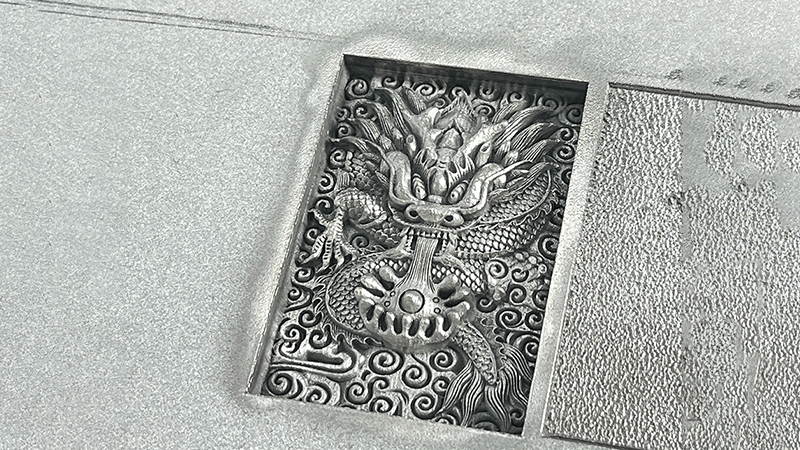
Materials Suitable for Laser Marking
-
- Stainless Steel: Commonly marked for its durability and resistance to corrosion, stainless steel is widely used in various industries for part identification and branding.
- Aluminum: Lightweight and versatile, aluminum can be marked with clear and contrasting results, making it suitable for applications in automotive, aerospace, and electronics.
- Brass and Copper: These metals can also be marked effectively, although the resulting marks may vary based on the finish and color of the metal.
- Titanium: Known for its strength and lightweight properties, titanium is often used in medical and aerospace applications where precise marking is essential.
-
- Acrylic (PMMA): Acrylic is popular for laser marking due to its clarity and ability to produce clean edges.
- ABS (Acrylonitrile Butadiene Styrene): This thermoplastic is commonly used in consumer products and can be effectively marked for identification or branding.
- Polycarbonate (PC): Often used in safety equipment and electronic components, polycarbonate can be marked with high precision.
- PVC (Polyvinyl Chloride): Used in various applications from pipes to signage, PVC can be marked for product information and safety labels.
-
- Glass: Laser marking on glass allows for intricate designs and personalization on products such as glassware, mirrors, and decorative items. The process typically requires specific techniques to avoid cracking.
-
- Wood: Various types of wood, including solid wood, plywood, and MDF, can be beautifully engraved for decorative purposes or branding. Laser marking on wood offers a classic finish that enhances aesthetics.
-
- Ceramics: This material can be marked for branding or customization purposes. The laser creates permanent marks that withstand wear over time.
-
- Leather: Both natural and synthetic leathers can be marked for decorative purposes or to apply logos and serial numbers on products like bags, shoes, and accessories.
-
- Fabrics: Laser marking can be applied to various textiles, allowing for detailed designs without damaging the material integrity.
-
- Stone: Materials like granite, marble, and slate can be engraved with lasers to create detailed images or inscriptions, commonly used in memorials or decorative art.
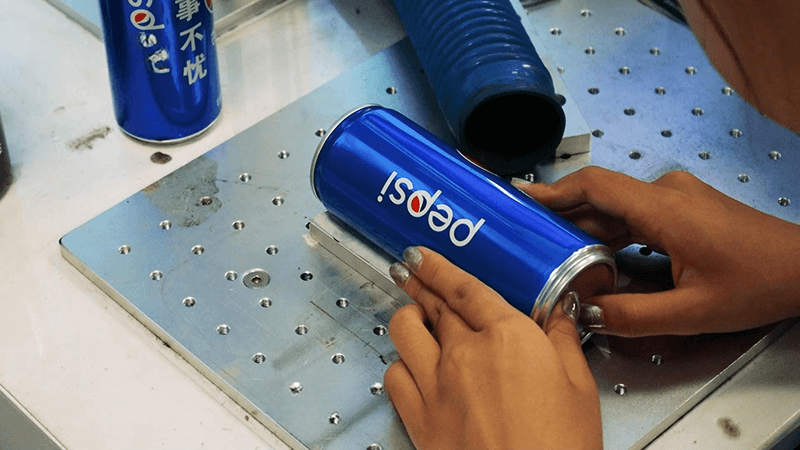
How Do Different Laser Parameters Affect The Quality of Marks on Various Materials?
Different laser parameters significantly influence the quality of marks on various materials. Here’s how key parameters affect marking outcomes:
| Laser Parameter | Effect on Marking Quality | Applicable Material |
|---|---|---|
| Power | Higher laser power increases the energy density of the laser beam, leading to deeper engraving, better contrast, and faster marking speeds. However, excessive power can cause material damage or excessive ablation. Lower power settings result in lighter marks and less energy input, suitable for delicate applications. | Metals (e.g., aluminum, stainless steel), plastics, glass, ceramics. |
| Speed | Laser speed determines how much time the laser spends on a specific area of the material, influencing depth, quality, and overall appearance of the mark. Higher speeds can lead to decreased marking depth and clarity. | Metals (stainless steel, aluminum), plastics, glass, ceramics, and other materials. |
| Wavelength | The wavelength of a laser directly impacts its marking ability by influencing how well materials absorb the laser light. Shorter wavelengths (e.g., UV lasers) provide higher absorption rates, leading to better etching results, higher contrast, and greater precision. Conversely, longer wavelengths (e.g., CO2 lasers) are more effective for organic materials but may not achieve the same depth or contrast on metals. | Metals (e.g., stainless steel, aluminum), plastics, wood, leather, paper. |
| Pulse Width | Pulse width determines how long the laser energy interacts with the material surface. Short pulse widths allow for precise marking with minimal heat spread, reducing damage, while longer pulse widths can create deeper marks but may lead to excessive ablation or damage. | Metals (stainless steel, aluminum) and various plastics. |
| Focus Position | The focal position is critical for marking quality since the laser achieves maximum power and precision only when focused accurately. If the focal position drifts or is improperly set, the laser’s interaction with the workpiece will weaken, impacting the marking clarity and quality. Adjusting the oscillating lens’s height during laser operation can help achieve the strongest focus, which is typically indicated by a bright blue-white light and a distinct beep sound. | Metals (steel, aluminum), plastics, ceramics, glass. |
| Beam Diameter | The beam diameter affects the marking depth, speed, and level of detail. A smaller beam diameter allows for finer details and deeper marks, while a larger diameter may reduce precision and detail due to lower energy density. | Metals, plastics, glass, ceramics. |
| Repetition Frequency | The repetition frequency affects marking speed and depth. Higher frequencies can lead to concentrated energy deposition, potentially impacting marking quality negatively. It is crucial for achieving high-quality machining results in laser marking applications. | Metals (e.g., copper, aluminum) and plastics, which absorb laser light effectively at specific wavelengths. |
How does laser marking enhance aerospace and defense applications?
Laser marking plays a pivotal role in the aerospace and defense sectors. Components in these industries are subjected to extreme conditions, and markings must withstand high temperatures, vibrations, and exposure to various chemicals. Laser marking provides the necessary durability and resistance required Aerospace Marking.
Moreover, laser marking offers traceability, which is crucial for safety and compliance. Each part can be uniquely identified, ensuring that maintenance and inspections are streamlined and accurate Traceability in Aerospace.
Laser marking can only be used on metal surfaces.False
Laser marking can be applied to a wide range of materials, including plastics, ceramics, and glass, not just metals.
Laser marking offers high precision even in harsh environments.True
The markings produced by laser technology are durable and resistant to abrasion, ensuring they survive even in demanding environments.
What makes laser marking ideal for medical devices?
In the medical field, precision is non-negotiable. Laser marking ensures that devices are labeled with essential information like serial numbers, manufacturing dates, and usage instructions without compromising the integrity of the device Medical Device Marking.
Sterilization processes can degrade traditional markings, but laser-etched marks remain intact, ensuring that vital information is always readable. This reliability is why hospitals and manufacturers trust laser marking for their medical equipment Sterilization Resistant Marking.
How are electronics and semiconductors benefiting from laser marking?
The electronics industry thrives on miniaturization and precision. Laser marking is perfect for labeling tiny components without taking up valuable space or causing damage Electronics Laser Marking.
From circuit boards to smartphones, laser marking provides clear and permanent labels that can endure the heat and wear that electronic devices undergo. This ensures longevity and reliability in every product Durable Electronics Marking.
Why are consumer products embracing laser marking?
Consumer products range from kitchen appliances to wearable technology. Laser marking offers a sleek and modern way to brand products, ensuring that logos and information are stylishly displayed Consumer Products Branding.
Additionally, laser marking allows for customization without the need for additional inventory. Personalized engravings or markings can be done on-demand, enhancing the customer experience Customization with Lasers.
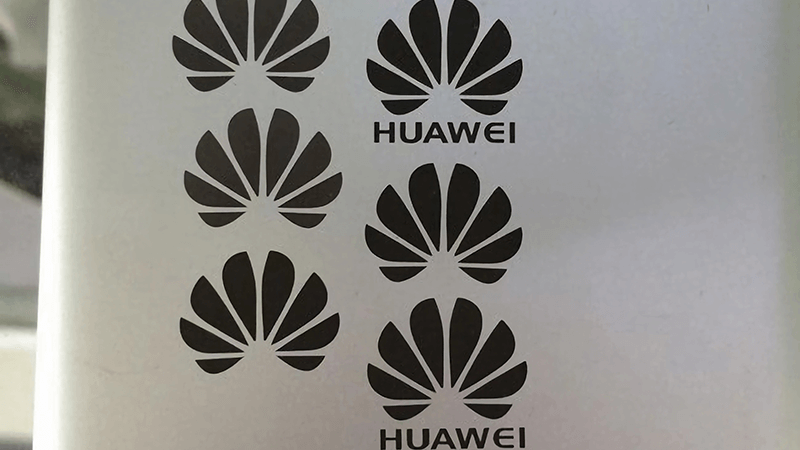
What role does laser marking play in packaging and labeling?
In the packaging industry, clear and durable labels are essential for product information, barcodes, and branding. Laser marking ensures that these details are etched permanently, resisting wear and tear during transportation and storage Packaging Laser Marking.
Moreover, laser marking is eco-friendly, reducing the need for inks and chemicals used in traditional labeling methods. This aligns with the growing demand for sustainable packaging solutions Eco-friendly Packaging.
How are jewelry and luxury goods benefiting from laser marking?
In the world of luxury, details matter. Laser marking allows for intricate engravings on jewelry and high-end products, enhancing their aesthetic appeal and value Luxury Goods Marking.
Personalization is a key trend in luxury goods. Whether it's adding a unique serial number or a custom message, laser marking provides a permanent and elegant solution Personalized Luxury.
Why is manufacturing and tooling adopting laser marking?
Manufacturing processes benefit immensely from laser marking through enhanced traceability and quality control. Every tool and part can be marked with essential data, streamlining inventory management and reducing errors Manufacturing Traceability.
Additionally, laser marking speeds up the production line by eliminating the need for manual labeling, increasing overall efficiency and productivity Production Efficiency.
Laser marking offers high precision even in harsh environments.True
The markings produced by laser technology are durable and resistant to abrasion, ensuring they survive even in demanding environments.
Laser marking technology has applications across various industries.True
Laser marking is used in diverse industries such as automotive, electronics, aerospace, and medical devices, offering versatility in marking needs.
How is the food and beverage industry utilizing laser marking?
In the food and beverage sector, hygiene and safety are paramount. Laser marking provides a clean and contactless way to label packaging with expiration dates, batch numbers, and other vital information Food Industry Marking.
Since laser marking doesn't involve inks or adhesives, it maintains the integrity of the packaging and ensures compliance with food safety regulations Compliance and Safety.
What impact does laser marking have on the renewable energy sector?
Renewable energy components, such as solar panels and wind turbines, require precise and durable markings for maintenance and tracking. Laser marking provides the reliability needed for these critical applications Renewable Energy Marking.
With the push towards sustainable technologies, laser marking supports the longevity and efficiency of renewable energy systems by ensuring all parts are easily identifiable and traceable Sustainable Marking Solutions.
Wrapping It Up
Laser marking is revolutionizing industries with its precision, durability, and versatility. Whether you're crafting high-tech gadgets or luxury items, laser marking stands as a testament to modern manufacturing excellence.
Conclusion
Laser marking is transforming industries with its precision and durability. At Kirin Laser, we pride ourselves on being at the forefront of this technology. Our state-of-the-art laser marking systems deliver unparalleled accuracy and efficiency, tailored to meet the unique needs of each sector we serve. From automotive to renewable energy, our solutions ensure your products not only meet but exceed industry standards.
Why choose Kirin Laser? Our team of experts is dedicated to providing personalized support, ensuring seamless integration of laser marking into your production processes. We offer comprehensive training, ongoing maintenance, and innovative advancements to keep you ahead of the competition Kirin Laser Advantages.
Ready to elevate your manufacturing capabilities? Contact us today to discover how Kirin Laser can transform your operations and enhance your product offerings. Visit our website at Kirin Laser Contact or reach out to our sales team directly at info@kirinlaser.com. Let’s mark the future together!
Reference:
- "A Comprehensive Guide About Laser Engraving Stone", from Kirin Laser.
- *How to Choose the Best Laser Marking Engraving Machine?", from Kirin Laser.
- "The Best Fiber Optic Laser Engravers for High-Precision Marking", from Kirin Laser.
- "Engraver Machines: Key Features and Benefits", from Kirin Laser.
- "A Review on Laser Marking Process for Different Materials", from IJSRD.
- "How to avoid errors in laser marking", from LC Lasers.

